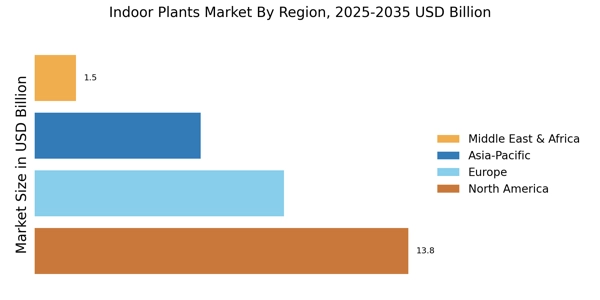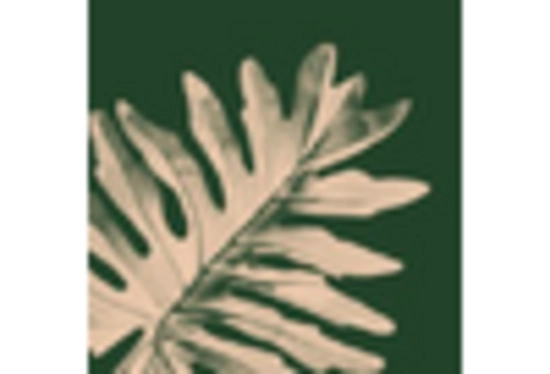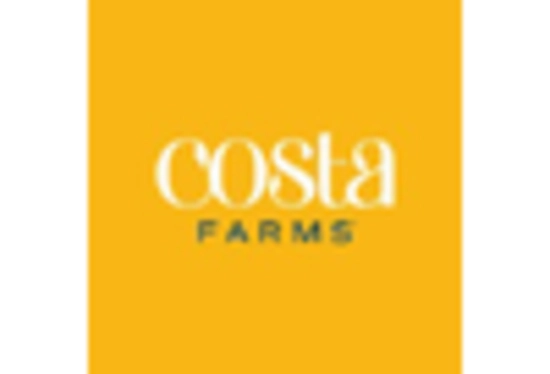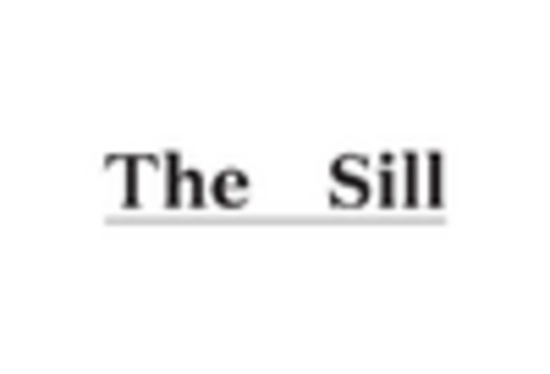The Indoor Plants Market is currently characterized by a dynamic competitive landscape, driven by increasing consumer interest in home gardening and wellness. Key players such as Costa Farms (US), The Sill (US), and IKEA (SE) are strategically positioning themselves to capitalize on these trends. Costa Farms (US) focuses on innovation in plant varieties and sustainable practices, while The Sill (US) emphasizes a direct-to-consumer model that enhances customer engagement through educational content. IKEA (SE) leverages its extensive global reach to offer affordable indoor plants, integrating them into its broader home furnishing strategy. Collectively, these strategies foster a competitive environment that prioritizes customer experience and sustainability, shaping market dynamics.
In terms of business tactics, companies are increasingly localizing manufacturing and optimizing supply chains to enhance efficiency and reduce costs. The Indoor Plants Market appears moderately fragmented, with a mix of established brands and emerging players. This structure allows for diverse consumer choices, while the influence of key players like Bloomscape (US) and Proven Winners (US) is notable, as they continue to innovate and expand their product offerings.
In August 2025, Bloomscape (US) announced a partnership with a leading home decor brand to create a co-branded line of indoor plants and accessories. This strategic move is likely to enhance Bloomscape's visibility and attract a broader customer base, aligning with current trends in home aesthetics. The collaboration underscores the importance of cross-industry partnerships in expanding market reach and enhancing product appeal.
In September 2025, Proven Winners (US) launched a new line of low-maintenance indoor plants specifically designed for urban dwellers. This initiative reflects a growing consumer preference for easy-care plants, particularly among younger demographics. By addressing this demand, Proven Winners (US) positions itself as a leader in the segment, potentially increasing its market share and reinforcing its brand identity.
In October 2025, IKEA (SE) unveiled a new sustainability initiative aimed at reducing the carbon footprint of its indoor plant offerings. This initiative includes sourcing plants from local growers and implementing eco-friendly packaging solutions. Such actions not only align with global sustainability trends but also enhance IKEA's brand reputation as a responsible retailer, likely appealing to environmentally conscious consumers.
As of October 2025, the competitive trends in the Indoor Plants Market are increasingly defined by digitalization, sustainability, and the integration of artificial intelligence in customer engagement strategies. Strategic alliances are becoming more prevalent, as companies recognize the value of collaboration in enhancing product offerings and market presence. Looking ahead, competitive differentiation is expected to evolve, shifting from traditional price-based competition to a focus on innovation, technological advancements, and supply chain reliability. This transition may redefine how companies engage with consumers, ultimately fostering a more sustainable and customer-centric market environment.


















Leave a Comment